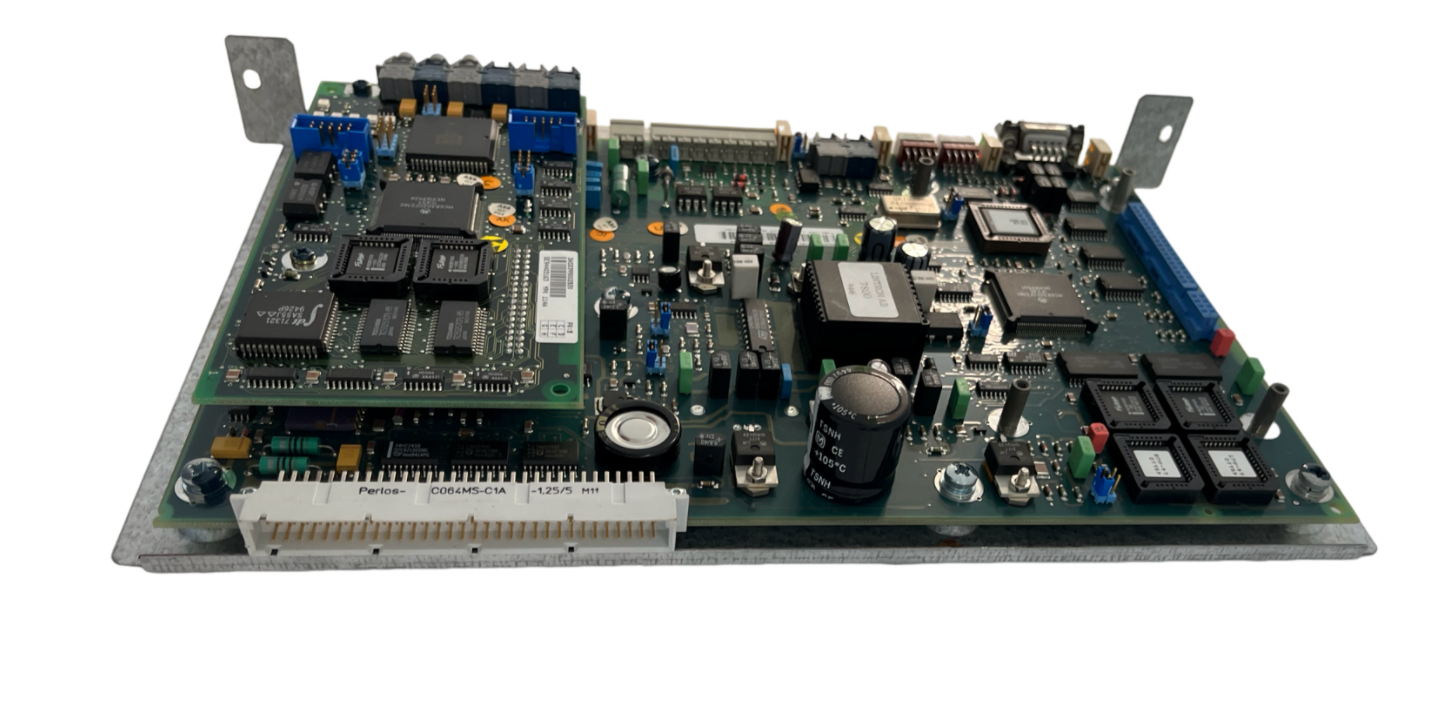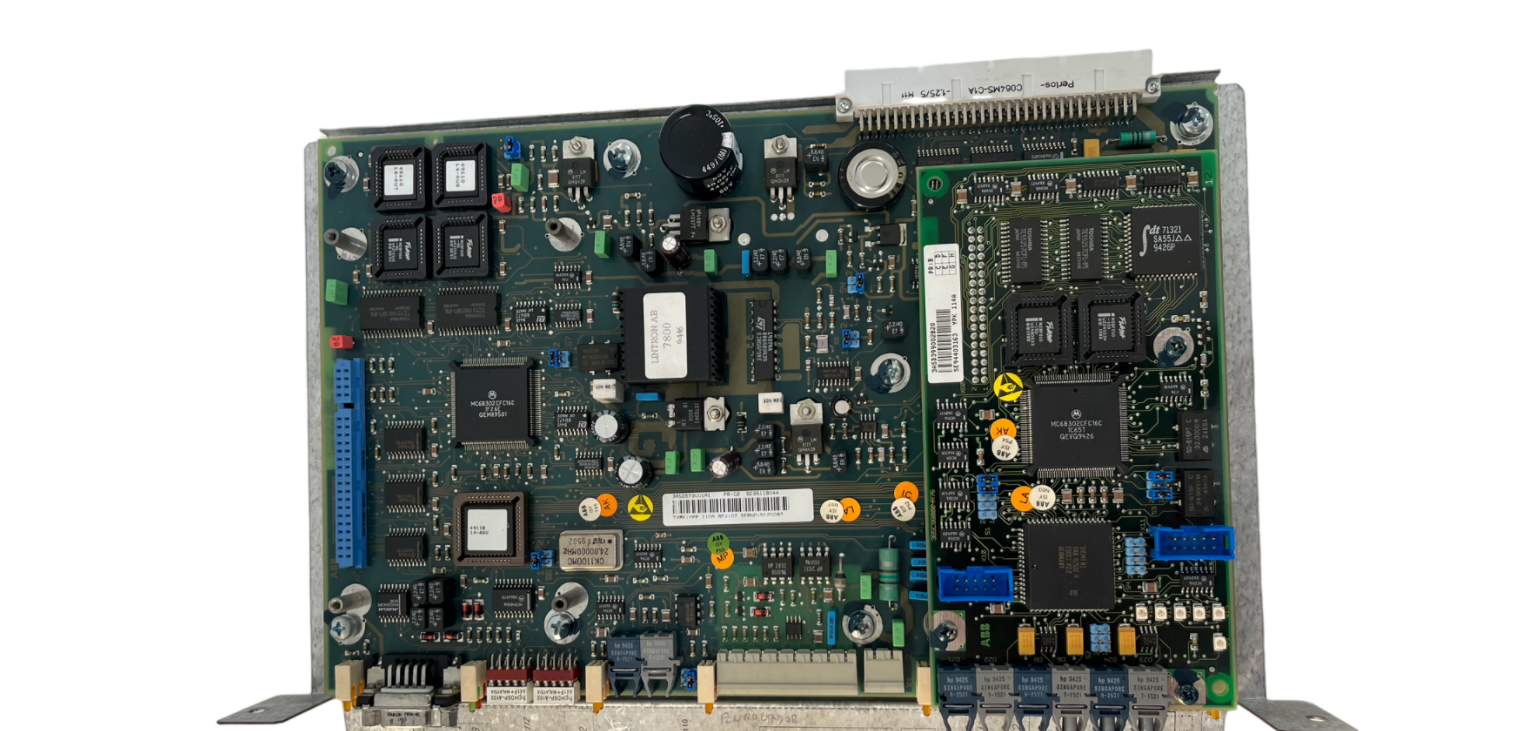ABB YPP110A 3ASD573001A1 Mixed I/O Board
Description
| Manufacture | ABB |
| Model | YPP110A |
| Ordering information | 3ASD573001A5 |
| Catalog | VFD Spares |
| Description | ABB YPP110A 3ASD573001A5 Mixed I/O Board |
| Origin | United States (US) |
| HS Code | 85389091 |
| Dimension | 16cm*16cm*12cm |
| Weight | 0.8kg |
Details
YPP110A-3ASD573001A5 is an input-output module that plays an important role in industrial automation and control systems.
First, it is usually used to receive signals from external sensors, devices or actuators and exchange data with the control system.
This enables the YPP110A-3ASD573001A5 module to obtain the status information of field devices in real time and pass this information to the control system for processing.
Second, the module may support multiple input and output channels, allowing the connection and control of multiple different devices or signals.
This multi-channel support feature increases the flexibility and scalability of the module, enabling it to adapt to industrial automation systems of different sizes and complexities.
In addition, the YPP110A-3ASD573001A5 module also has a signal conversion function, which supports the conversion between different types of signals so that different devices can be connected to a unified control system.
This signal conversion capability enables the module to adapt to the signal output format of various devices and sensors, simplifying the system integration process.
In terms of data processing, the module usually has certain data processing capabilities and can perform logical control and decision-making. It can process the received signals
According to preset rules or algorithms and output corresponding control signals to achieve precise control of field equipment.
In addition, the YPP110A-3ASD573001A5 module also supports different communication protocols for data exchange with other devices or systems, which enables the module to be easily integrated into the existing industrial automation network to achieve information sharing and collaborative work.
Finally, in terms of real-time performance, the module is usually designed as a high-performance system that can respond and execute control instructions within microseconds.
This real-time performance ensures the stability and reliability of the industrial automation system and improves production efficiency.
















